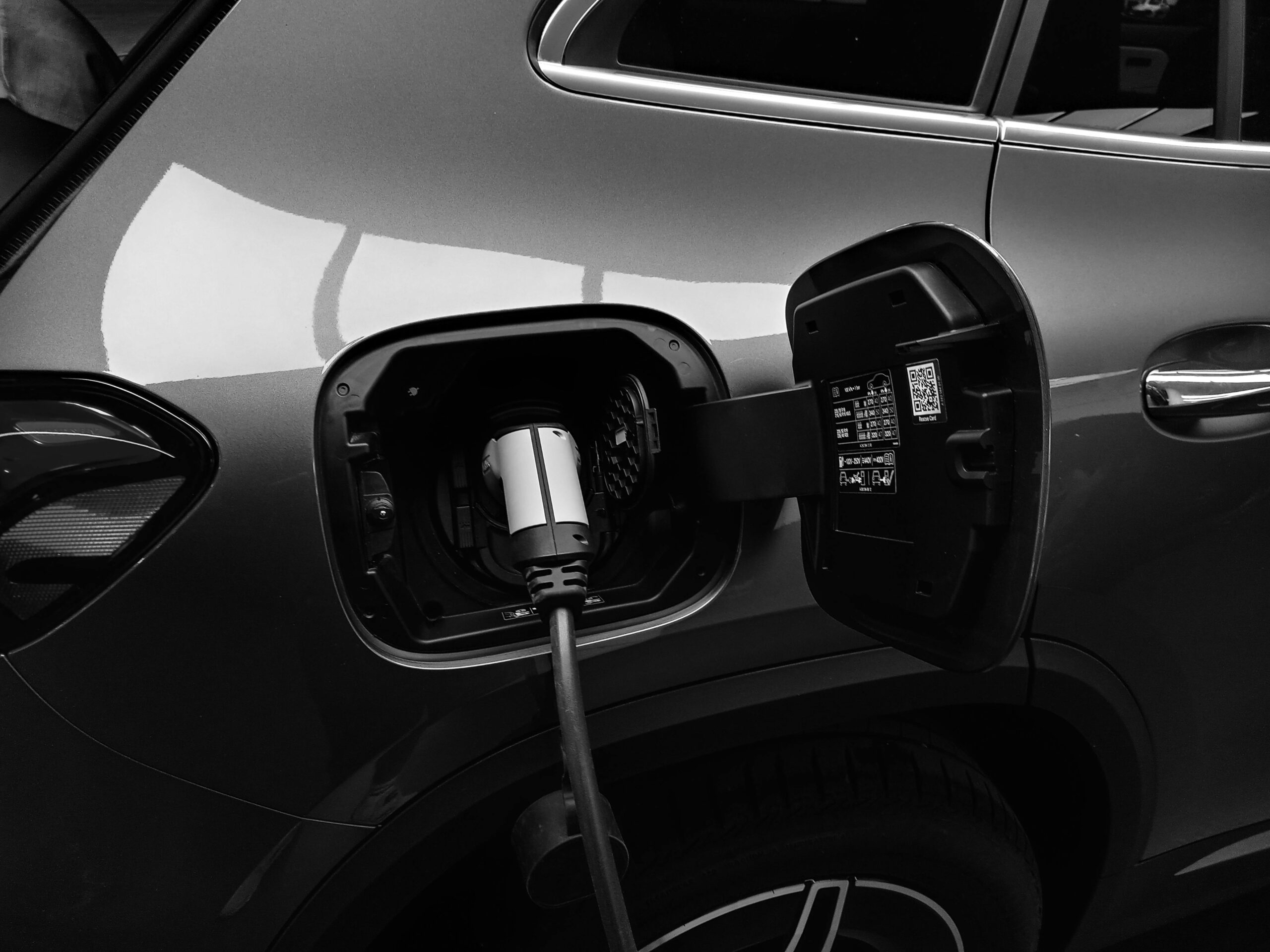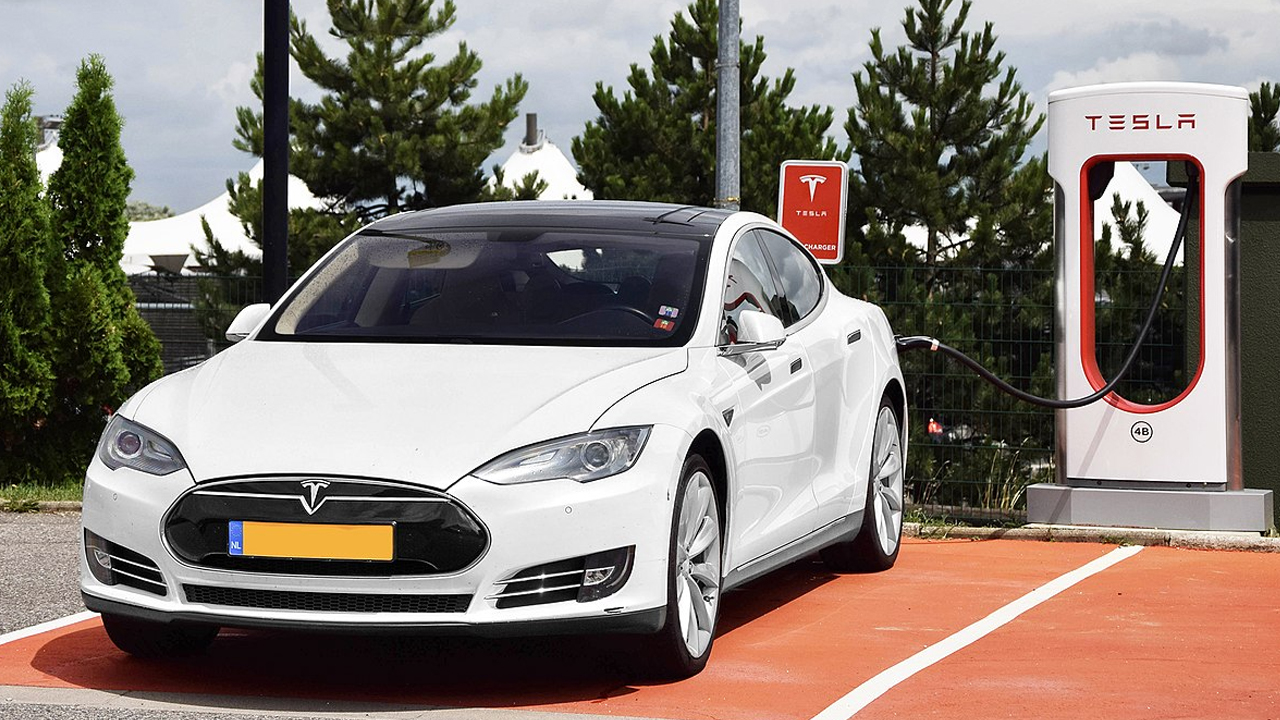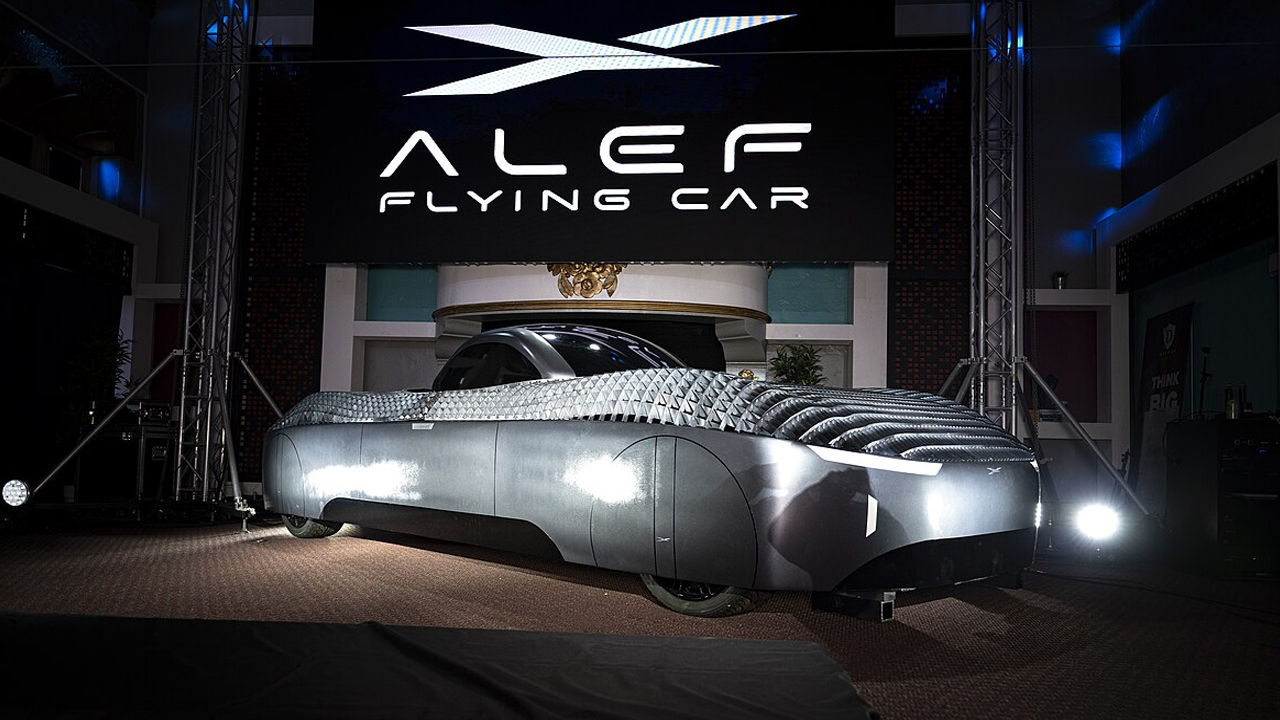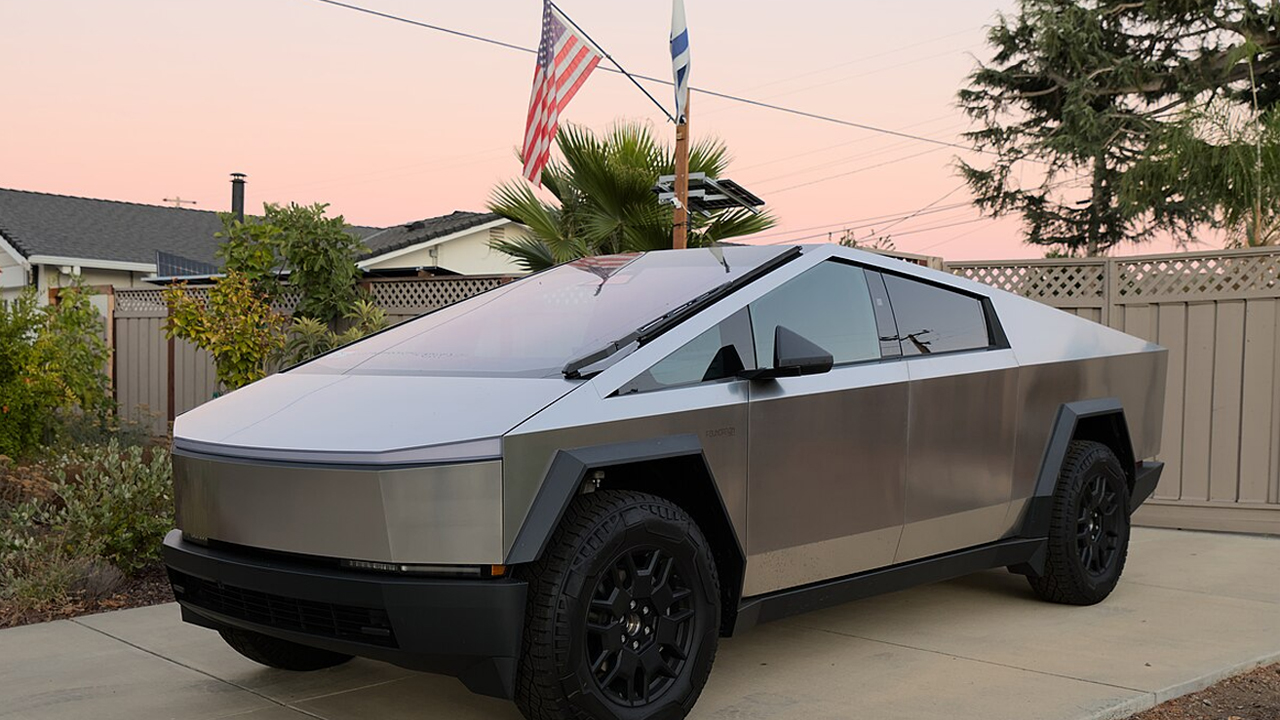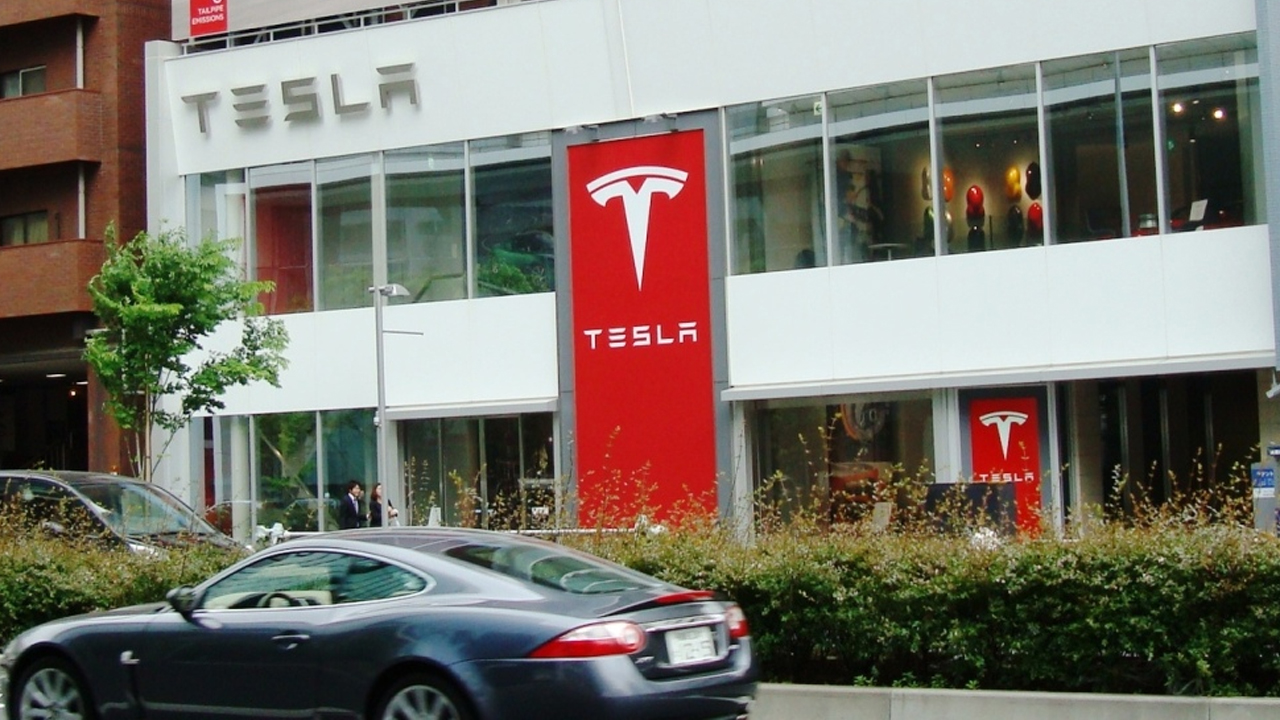The biggest complaint about electric cars has always been the same: the range. Most drivers just want to know they can get from Point A to Point B—and back—without stressing about finding a charger. That’s exactly why the latest road test from Our Next Energy (ONE) is such a big deal. Their Gemini battery, packed into a standard Tesla Model S, just pulled off something that used to feel impossible: 752 miles on a single charge. And they did it without redesigning the car or resorting to ideal lab conditions.
This isn’t a hypothetical. It’s real-world data, and it shows how far EV tech is pushing the limits of what’s possible. Here’s what makes the Gemini battery so different—and why it could change everything about how people think of electric range.
Tesla Model S Hits 752 Miles on a Single Charge
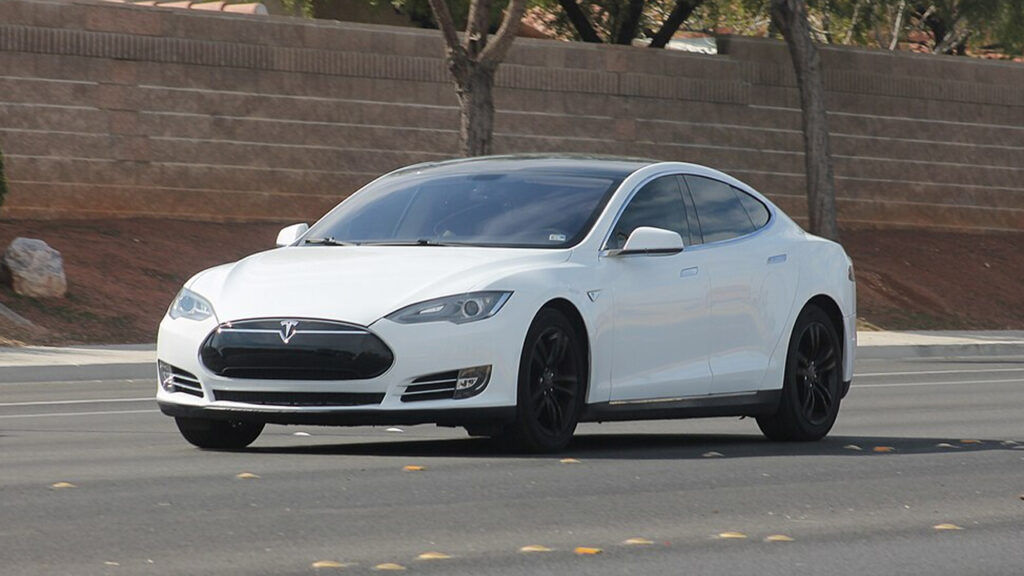
Back in December 2021, a Tesla Model S powered by Our Next Energy’s (ONE) Gemini battery set out on a road trip across Michigan—and didn’t stop until it hit 752 miles. That entire distance was covered on a single charge, with no tweaks to the car’s exterior or structure. The average speed? Just 55 mph.
After that, the same car was run on a dynamometer for a more controlled highway test and went even farther—882 miles. This kind of range hasn’t been seen in any production EV and shows what’s possible when energy storage gets rethought from the ground up. (Source: MotorTrend)
More Energy, Same Space
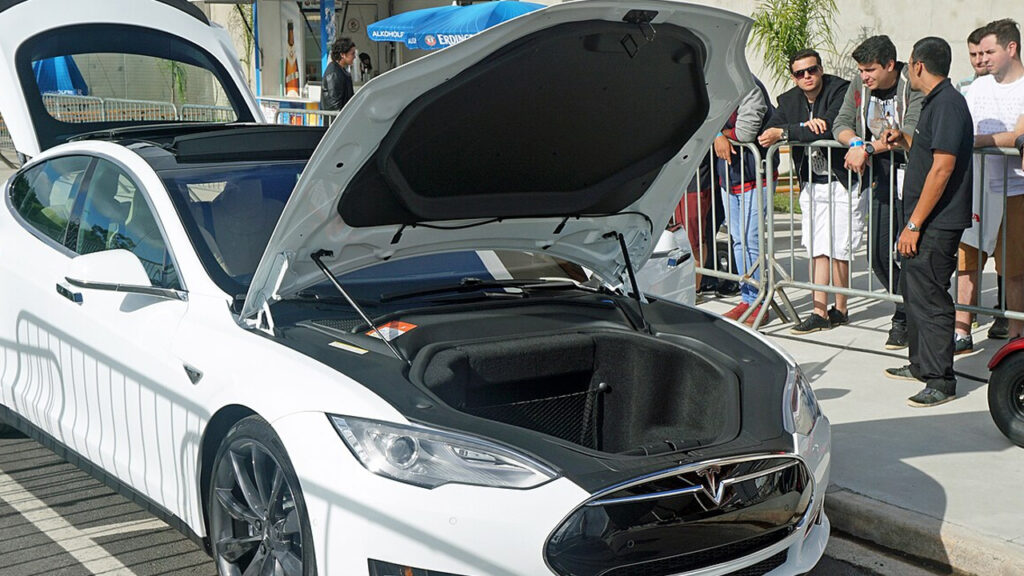
The Gemini battery fits inside the same space as Tesla’s original Model S pack but carries more than twice the energy—203.7 kWh total. That’s a big leap without making the car heavier or changing its design. It just works smarter with the space it already has.
Even in cold weather, the battery held up, which is where many EVs tend to struggle. It didn’t even need active cooling to pull it off. (Source: MotorTrend)
How the Dual Chemistry System Works
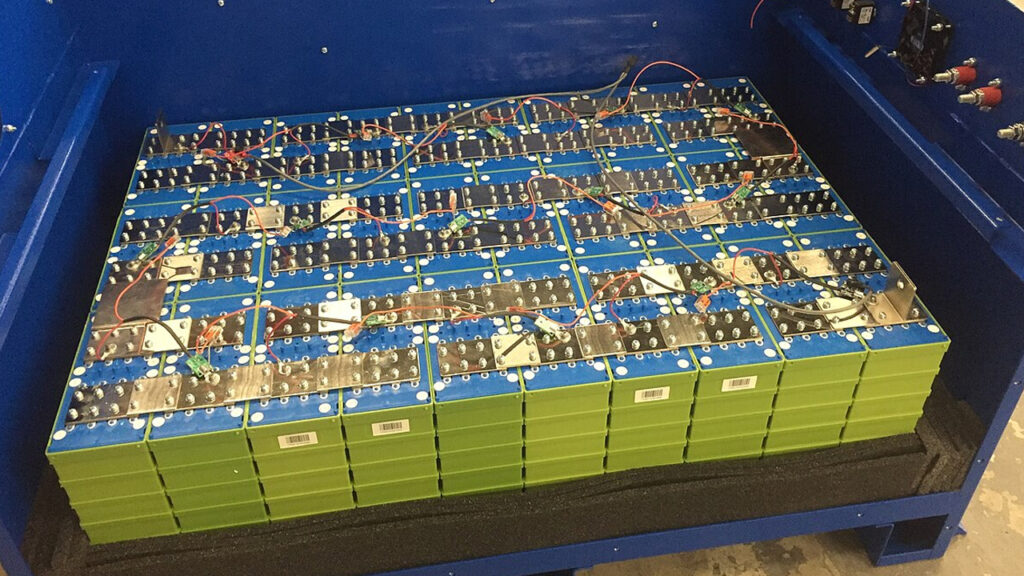
The Gemini battery is built differently than standard EV batteries. It combines two types of cells: c for everyday use, and anode-free cells that only kick in when you need to go the extra mile—literally. This lets the car handle city errands and long-distance drives without wasting energy.
A built-in DC-to-DC converter handles the switch between the two cell types, so everything runs smoothly without you noticing anything on the driver side. (Source: InsideEVs)
Less Cobalt and Nickel, Better Long-Term Value

One of the smartest moves here is reducing how much nickel, cobalt, and graphite are needed. These materials are expensive, hard to source responsibly, and often tied to environmental or labor issues.
By relying more on LFP cells and using anode-free tech only when needed, ONE is cutting back on rare materials without cutting performance. That lowers both cost and environmental impact. (Source: MotorTrend)
BMW’s Already on Board
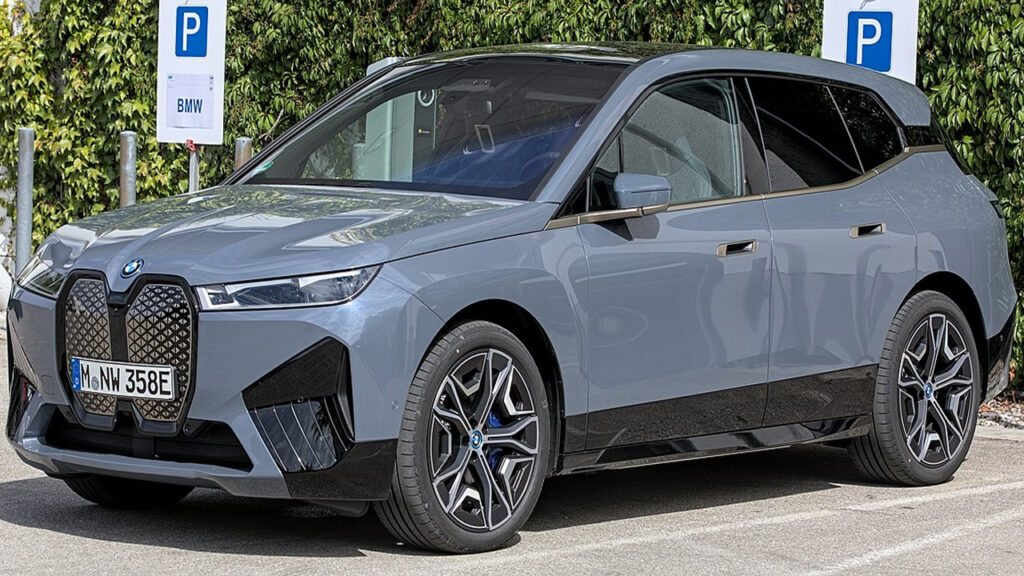
ONE isn’t just building cool tech in a vacuum—BMW is already working with them to put the Gemini battery into the BMW iX. The goal is to give the iX around 600 miles of range, which would be game-changing for a luxury SUV.
This partnership says a lot about how serious this tech is. Automakers don’t take chances on unproven battery systems unless they see something real. (Source: MotorTrend)
Made in Michigan, Built for Scale
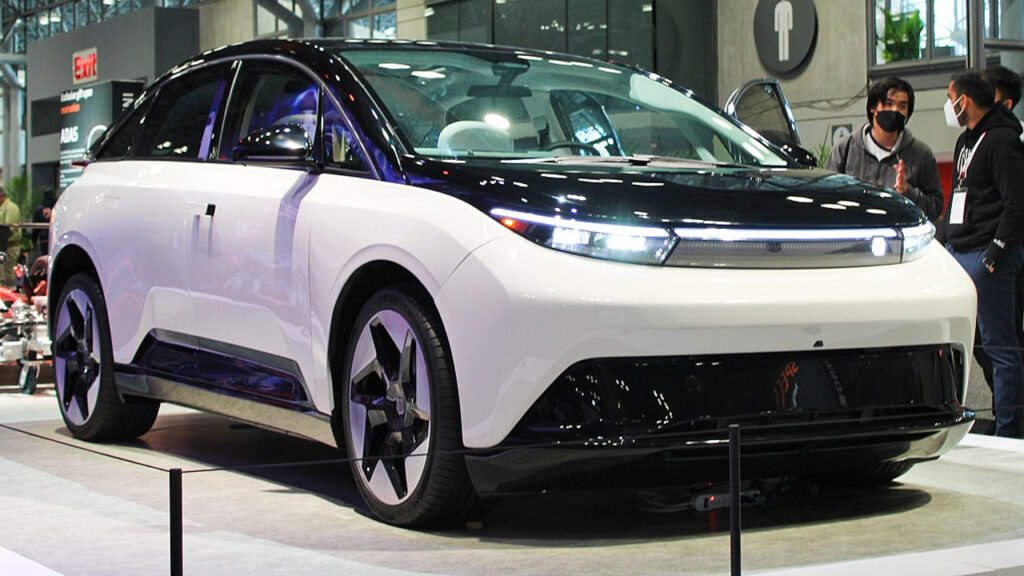
ONE is already manufacturing LFP battery cells in Michigan and has plans to scale things up. That helps bring the supply chain back home, which is a win for jobs and makes the whole process more secure.
They’re aiming to hit 20 GWh of annual output from this plant, which could support tens of thousands of vehicles per year as demand for EVs grows. (Source: InsideEVs)
What This Means Going Forward
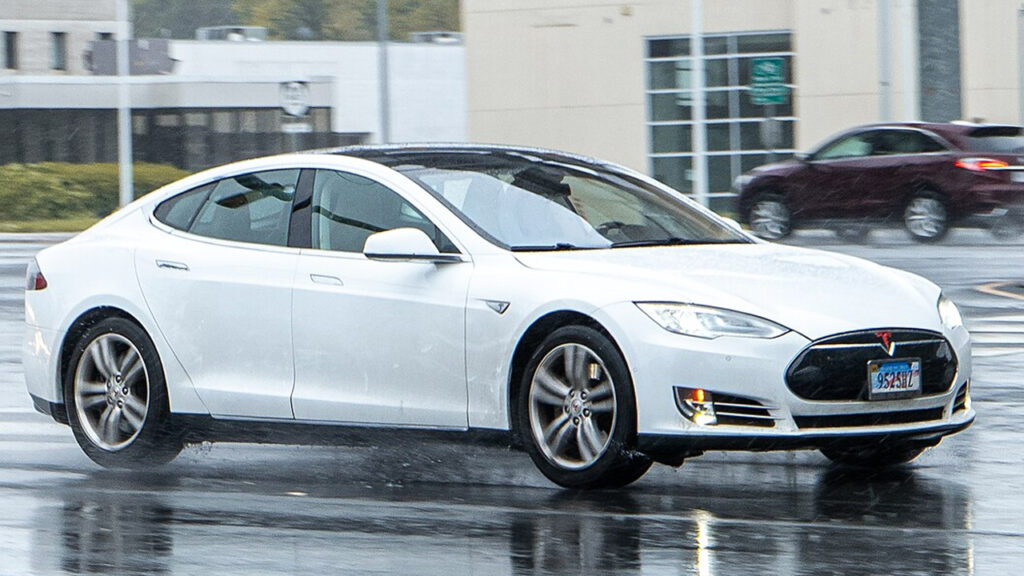
The Gemini battery isn’t just about breaking records—it’s about making long-range EVs practical, affordable, and sustainable. Range anxiety has always been the main reason people hesitate to go electric, but batteries like this start to change the story.
With interest from big automakers and a product that fits right into existing vehicle platforms, this tech has a real shot at shaping the future of electric driving. It’s not theoretical anymore—it’s here and getting better fast.
